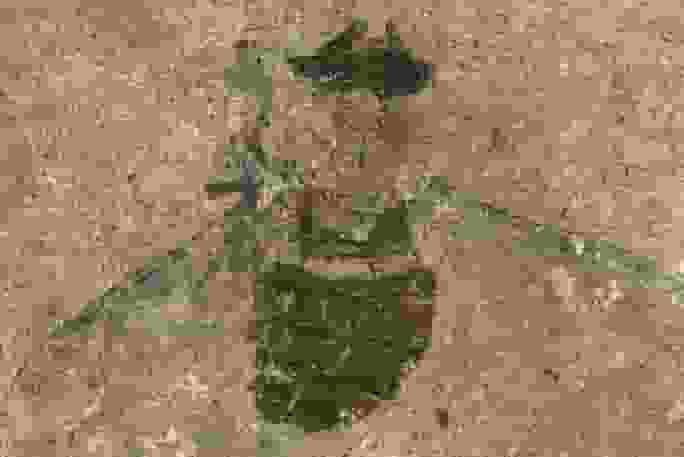
Hundreds of insects were trapped in sediment along the Sylva River’s bank millions of years ago. Scientists are currently analyzing these animals, which look to be covered in pollen, indicating that they may have been among the world’s first plant pollinators.
Paleontologists discovered these unique fossils while cracking apart rocks along the riverside near the abandoned hamlet of Chekarda in Russia.
Oldest Pollinators’ Fossils
The earwig-like insects are approximately 280 million years old, greatly predating the first known pollen-covered insects, which were approximately 120 million years old.
The fossilized insects, known as tillyardembiids, had pollen aggregates on their heads, bodies, and legs that looked like Christmas baubles under a fluorescence microscope. The pollen was discovered to come from a specific group of seed-producing, non-flowering plants known as gymnosperms.
Flowering plants emerged 250m to 150m years ago, but became significantly more prevalent 100m years ago when pollinators increased, aiding in the transformation of Earth’s terrestrial life diversity.
The Russian and Polish researchers admit that it is impossible to know whether their ancient insects contributed to pollination during the Permian period, but they argue that by eating pollen and covering themselves in the grains, the creatures were an “evolutionary precursor” to the mutually beneficial arrangement.
Read more: California snowstorm: Teen hikers stranded, survive for days in multiple feet of snow
Plant-Insect Interactions

The Permian epoch encompasses the final 47 million years of the Palaeozoic era, which lasted from 540 million to 250 million years ago. Several insects preserved in amber date back 100 million years.
According to Barry Lomax, professor of plant palaeobiology at the University of Nottingham, characterize the contemporary world, with pollination services providing the foundation for much of our food production.
The study gave proof for the relationship’s antiquity, establishing it well before the emergence of flowers, which he believes occurred around 135 million years ago.
Read more: Social Security 2023: Here are some major points about the changes that you should be aware of

